

Composer is an automated trading platform that allows you to build a portfolio of trading algorithms with AI. Use our no-code visual editor to create your own strategies, backtest them, then execute—all in one platform. No coding skills required. Trading. Built better.
OSS Database is a collection of Open Source alternatives. It is not a side-project-marketing project. This is a dedicated project to crowdsource Open Source alternatives to popular software.
Growclass is an intensive online marketing course to help level up in an inclusive learning environment. You’ll learn key skills to grow your business: customer psychology, funnels, SEO, Google Analytics, Facebook and Google Ads & email marketing
KNIME is a robust open-source data analytics, reporting, and integration platform designed to meet the needs of data scientists, analysts, and developers. It provides an efficient and straightforward way to analyze data using various techniques, including machine learning, data mining, and statistical analysis. KNIME's comprehensive suite of tools enables users to visualize, manipulate, and transform data from a wide range of sources, making it an ideal solution for organizations looking to streamline their data analytics processes. This article will explore the features and benefits of KNIME and how it can help organizations make data-driven decisions.
The Pile is an 800GB dataset of diverse text for language modeling. It includes a wide range of texts from literature, news, and web sources, making it one of the most comprehensive datasets for language modeling available. It is a great resource for language researchers and developers working on natural language processing (NLP) tasks such as machine translation, question answering, and other conversational applications.
Welcome to TableTalk, the revolutionary new way to interact with your database. With TableTalk, you can utilize artificial intelligence to get the most out of your data without having to learn complex query languages. TableTalk's natural language interface allows you to ask questions about your database and get answers back in a way that feels like you're talking to a human. Say goodbye to long hours of understanding query languages and hello to an easier, faster way to find out what you need to know.
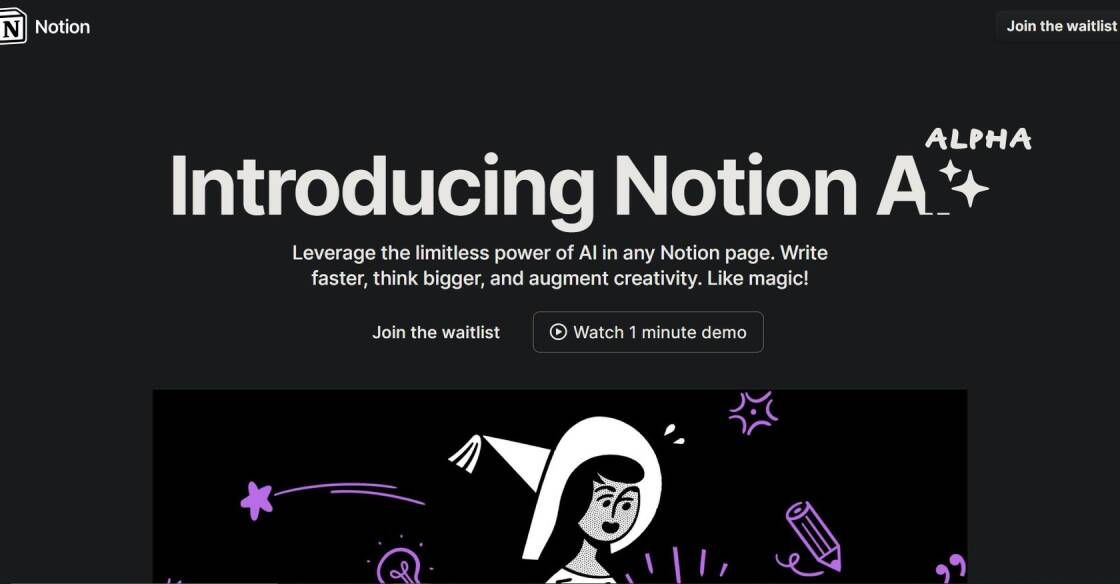
Notion AI
Leverage the limitless power of AI in any Notion page. Write faster, think bigger, and augment creativity. Like magic!

Remove.bg
Remove Background from Image for Free – remove.bg
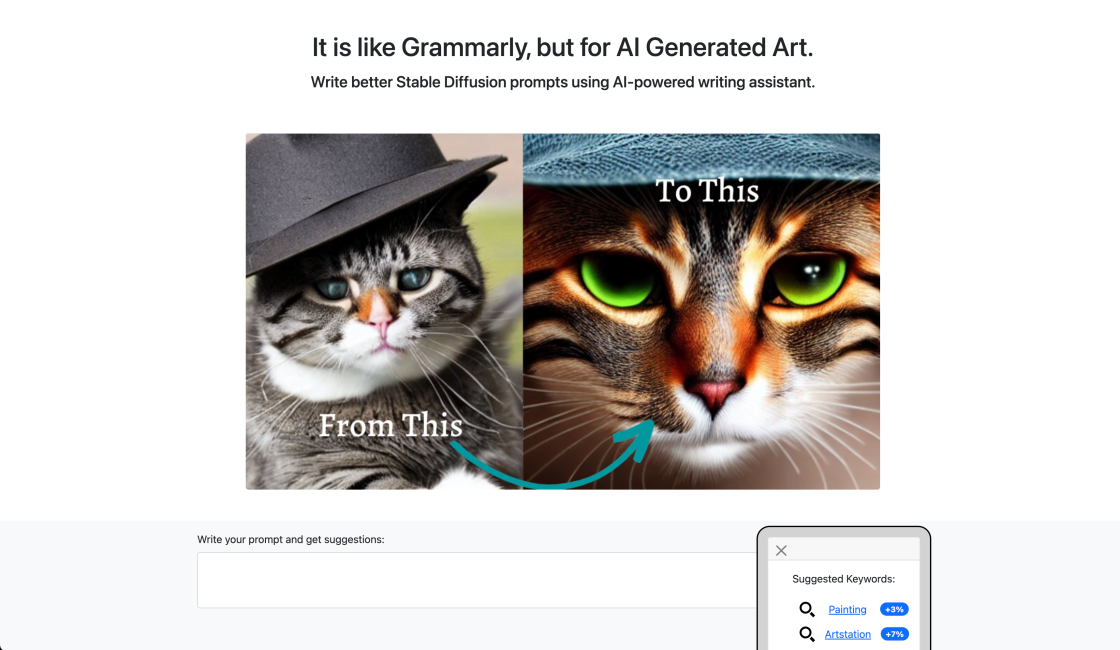
Write Stable Diffusion Prompts
How to Write an Awesome Stable Diffusion Prompt

Ghostwriter
Ghostwriter - Code faster with AI - Replit
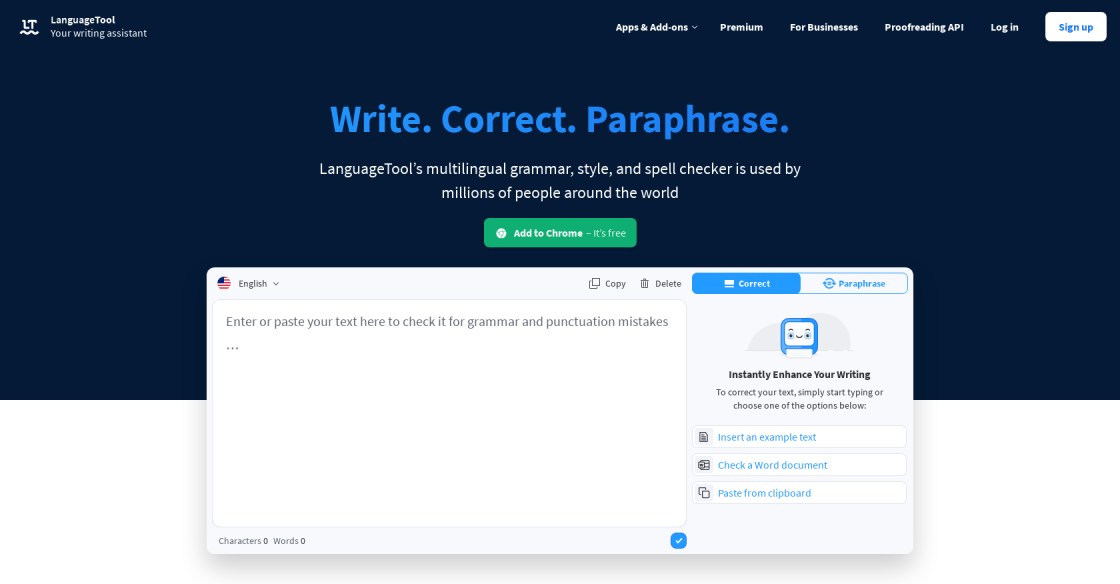
LanguageTool
LanguageTool - Online Grammar, Style & Spell Checker
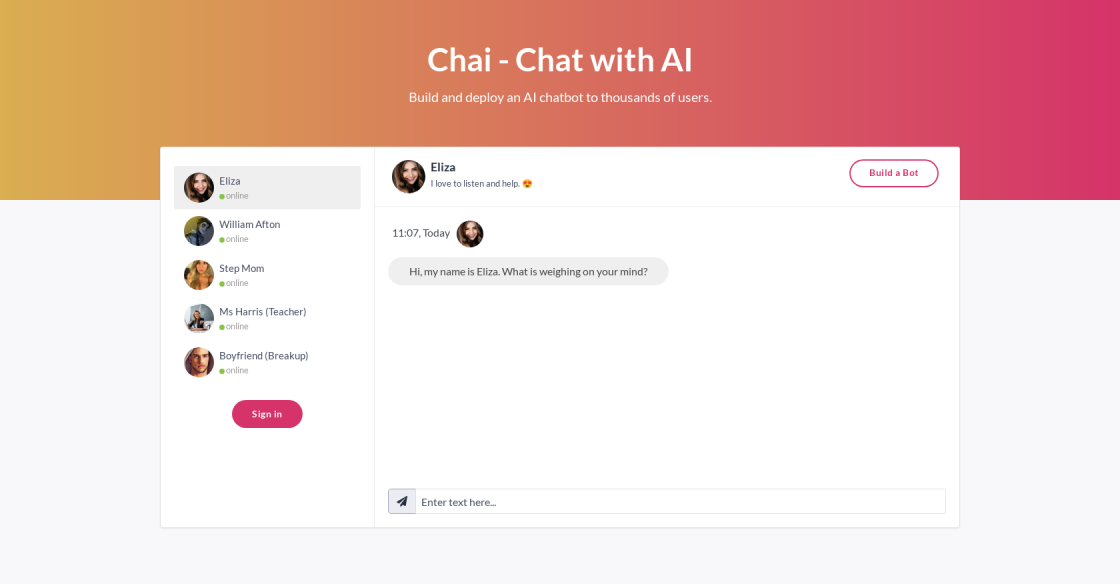
Chai
AI Writing Assistant
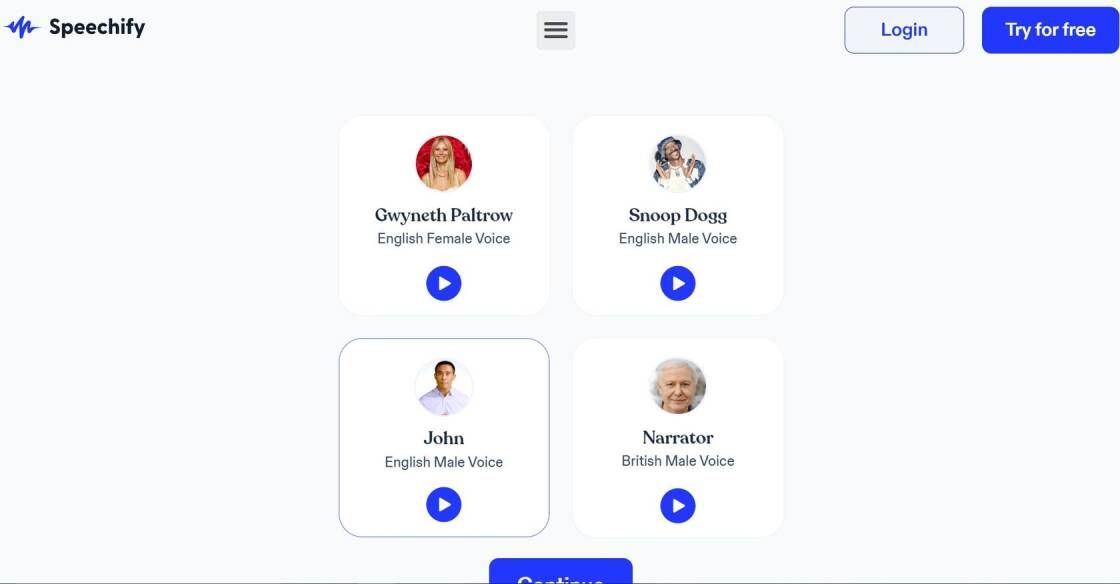
Speechify
Best Free Text To Speech Voice Reader | Speechify

Topaz Video AI
Unlimited access to the world’s leading production-grade neural networks for video upscaling, deinterlacing, motion interpolation, and shake stabilization - all optimized for your local workstation.
Zebrium is an AI-driven incident root cause detection system that uses GPT-3 to extract insights from logs. It has the ability to analyze millions of log lines in real-time, and quickly identify patterns and correlations that can help pinpoint the underlying source of an incident. By leveraging natural language processing (NLP) and machine learning (ML) technologies, Zebrium can accurately detect incidents, classify them, and provide plain language explanations of the root cause. This technology can be used to save time and resources, and reduce the impact of outages and other issues. With Zebrium, businesses can quickly identify the source of an issue, and take corrective action to minimize downtime and ensure their systems remain reliable and secure.
Zebrium is an AI-based log analytics platform that uses GPT-3 to help organizations quickly and accurately identify the root cause of incidents from plain language logs.
Zebrium utilizes GPT-3 to process plain language logs and determine the root cause of any given incident. This allows for faster and more accurate incident root cause identification.
GPT-3 (Generative Pre-trained Transformer) is an advanced natural language processing model developed by OpenAI. It can generate human-like text from a prompt and is used in many applications such as machine translation, question-answering, and text summarization.
Using Zebrium with GPT-3 allows for faster incident root cause identification and improved accuracy. Additionally, it eliminates the need for manual log analysis, freeing up valuable time and resources.
No, Zebrium does not require any specific hardware or software. It can be deployed on any public cloud, private cloud, or on-premise environment.
Yes, Zebrium is secure. It utilizes industry-standard encryption and authentication protocols to ensure that data is always kept safe and secure.
Currently, there are no known limitations to using Zebrium with GPT-3.
Zebrium can analyze plain language logs from any source, including application logs, system logs, and network logs.
Yes, Zebrium supports multiple languages, including English, Chinese, Spanish, French, and German.
Yes, Zebrium offers additional features such as anomaly detection, correlation, auto-alerting, and automated incident response.
| Competitor | Difference |
|---|---|
| Loggly | Loggly is a cloud-based log management platform, while Zebrium is a cloud-based incident root cause analysis platform. |
| Sumo Logic | Sumo Logic is a cloud-based log management and analytics platform, while Zebrium is a cloud-based incident root cause analysis platform. |
| Splunk | Splunk is a cloud-based log management and analytics platform, while Zebrium is a cloud-based incident root cause analysis platform. It also uses GPT-3 for plain language incident root cause from logs. |
| Datadog | Datadog is an observability platform that provides monitoring and analytics for applications, while Zebrium is a cloud-based incident root cause analysis platform. |
| Stackdriver | Stackdriver is a cloud-based monitoring and logging platform, while Zebrium is a cloud-based incident root cause analysis platform. |
Zebrium is a cloud-based ML-driven log analysis platform that uses GPT-3 (Generative Pre-trained Transformer 3) to identify the root causes of plain language incidents from logs. By leveraging natural language processing (NLP) and advanced machine learning (ML) algorithms, Zebrium can quickly distill actionable insights from log data.
Zebrium helps organizations to improve their operational visibility by automatically extracting incident patterns from raw logs, allowing them to be alerted to any potential issues in real time. It also includes a range of features specifically designed to simplify log analysis, such as automated root cause identification, anomaly detection, and auto-classification of log sources.
The platform's use of GPT-3 for plain language incident root cause detection enables it to identify the underlying root cause of an incident from log messages that may not be available to traditional methods. This allows it to quickly detect hidden issues such as software bugs, configuration errors, or malicious activity.
In addition, Zebrium is designed to be highly scalable and secure, making it suitable for use in enterprise environments. It supports a range of log formats, including JSON, text, and binary, and its security measures include access control, encryption, and audit logging.
Overall, Zebrium is an ideal solution for organizations looking to gain greater visibility into their system operations through automated log analysis. Its use of GPT-3 for plain language incident root cause detection makes it a powerful and efficient tool for identifying and addressing problems in real time.
TOP